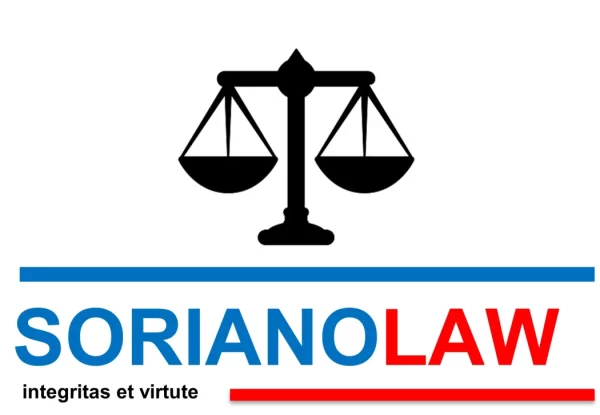In the vibrant tapestry of the Philippines' culture, our national language and flag are pivotal to our nation's identity and history. Yet not many know that there are laws about them, and that violations of which have consequences.
In celebration of Independence Day, we would like to share the laws concerning our flag and language that manifest or symbolize our independence.
The Philippine Flag
The National Flag Day every May 28 commemorates the triumph of the Filipino revolutionaries over the Spanish forces in the Battle of Alapan in Imus, Cavite on May 28, 1898. This victory paved the way for the birth of the First Philippine Republic and is now celebrated as the Philippine Flag Day under the auspices of the National Historical Commission of the Philippines (NHCP), the National Commission for Culture and the Arts (NCAA), Cavite Historical Society (CHS), the Imus City Tourism and Development Office (CTDO), and the City Government of Imus. The annual celebration aims to instill a sense of history in every Filipino and deepen his/her commitment to nation-building.
According to history books, our flag was sewn by Marcela Agoncillo, Lorenza Herbosa de Natividad, and Delfina Herbosa de Natividad. On June 12, 1898, during the declaration of Philippine Independence by Gen. Emilio Aguinaldo, the flag of the Philippines was hoisted in Kawit, Cavite.
Under Article XVI, Section 1, the Constitution designates the appearance of our Philippine flag as follows: “The flag of the Philippines shall be red, white, and blue, with a sun and three stars, as consecrated and honored by the people and recognized by law.”
Aside from these Constitutional provisions, Republic Act No. 8491, also known as the "Flag and Heraldic Code of the Philippines," was also enacted which aims to instill reverence and respect for the Philippine flag, anthem, and other national symbols, promoting a sense of national pride and unity among the Filipino people.
The law likewise highlights the design of the National Flag. It consists of blue, white, and red colors with an eight-rayed golden-yellow sun and three five-pointed stars. The eight rays represent the first 8 provinces that launched a revolt against Spain while the 3 five-pointed stars represent Luzon, Visayas, and Mindanao, the three major islands that comprise the Philippines.
Under the law, the hoisting and display of the flag is mandated. The flag should be displayed in all public buildings, official residences, public plazas, and institutions of learning every day throughout the year. It should also be permanently hoisted in specific locations and properly illuminated at night. During Flag Days, all offices, agencies, and institutions are encouraged to display the flag.
The law prohibits acts such as mutilating, defacing, or using the flag inappropriately. It also specifies how the flag should be displayed, handled, and treated with respect.
Another law which provides for the protection of our Philippine Flag is Act No. 2928. This law prohibits certain acts that tend to disrespect and give dishonor to the Philippine flag, such as drawing on the flag, or using the flag in places of ill-repute. Violation of these provisions is considered as an offense with a penalty of imprisonment or fine, or both.
The National Language, Filipino
The concept of a national language in the Philippines was formally introduced during the Commonwealth period. President Manuel L. Quezon, known as the "Father of the National Language," championed the creation of a common language to promote unity among Filipinos who spoke over a hundred different languages and dialects. The national language played a crucial role during the independence movement. Revolutionary leaders and writers used Filipino to communicate their ideas and rally the people against colonial powers. Publications like "Kalayaan," the newspaper of the Katipunan, were instrumental in spreading revolutionary sentiments and mobilizing the masses. The very act of using the native language was a form of resistance and assertion of national identity.
Under Article XIV, Sections 6-9 of our Constitution, it is emphasized that Filipino, as our national and official language, shall be further developed and enriched. Additionally, the government is given a constitutional mandate to take steps to initiate and sustain the use of Filipino as a medium of official communication and as language of instruction in the educational system.
Now that you know, please share this blog to your family, friends and colleagues.

